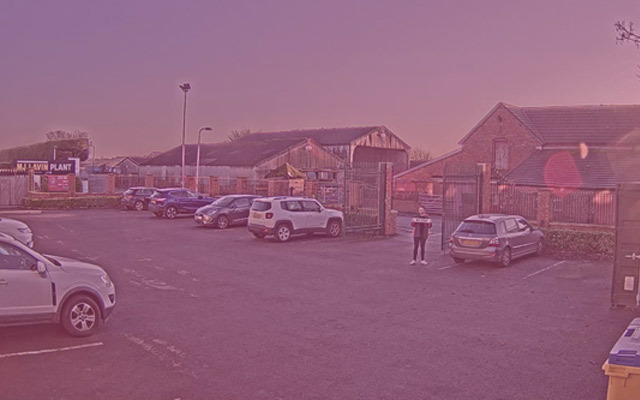When specifying cameras for an IP-based security installation, it’s important to know what each camera is capable of seeing in both light (daytime) and dark (nightime) conditions. Terms such as true day/night and infrared-cut filter can be confusing. Let's look at the terminology to help you specify the right IP camera with night vision for the job.
What is an infrared-cut filter?
So, what is an infrared-cut filter? To explain this, we need to know how IP cameras capture light. Simplified down, IP security cameras are just clever light detectors. Through a CCD or CMOS sensor, different levels of red, green and blue light are detected and converted into a digital signal, creating an image as would be seen by the human eye. However, the spectrum of light that the eye can see is fairly limited. Infrared and ultraviolet light are present in daylight but cannot be seen by humans.
Unlike your eyes, camera sensors can detect “near infrared” light; light just outside the range of the human eye. The image below shows the kind of image which results.

To make the image more akin to what humans can see, most cameras are fitted with an infrared-cut filter which only allows visible light to pass through, reflecting unwanted infrared.
Switchable infrared-cut filters
There are some instances where capturing infrared light is an advantage. In low-light conditions, cameras capture as much light as possible to produce brighter images, regardless of colour. For this reason, some entry-level night-vision cameras don’t feature a cut filter, instead capturing infrared light from onboard LEDs at night at the expense of true colour reproduction during the daytime.
The optimum solution is to use a switchable infrared-cut filter. In daylight, the filter covers the sensor to provide colour footage, while at night the filter opens for a brighter image. In industry terms, these cameras are known as day/night or true day/night cameras.
These cameras can be combined with infrared lamps which are much more discreet than conventional white-light lighting since the light produced can’t be seen by the human eye.
Software day/night modes
There are IP cameras which offer a software day/night mode (sometimes called simple day/night) to improve low-light visibility. These do not feature a switchable filter, instead providing an “always-on” filter for correct colour reproduction in daylight.
At night, the red, green and blue colour signals are added together and treated as white light. The result is a brighter monochrome image in poor lighting. The benefit of these cameras is that they are more cost-effective than true day/night cameras.
Since these cameras are not infrared sensitive, they should never be specified with infrared lamps as the light produced will not be seen.
Closing thoughts
Choosing the right type of low-light or day/night camera is essential for any security system with cameras that operate under these conditions.



